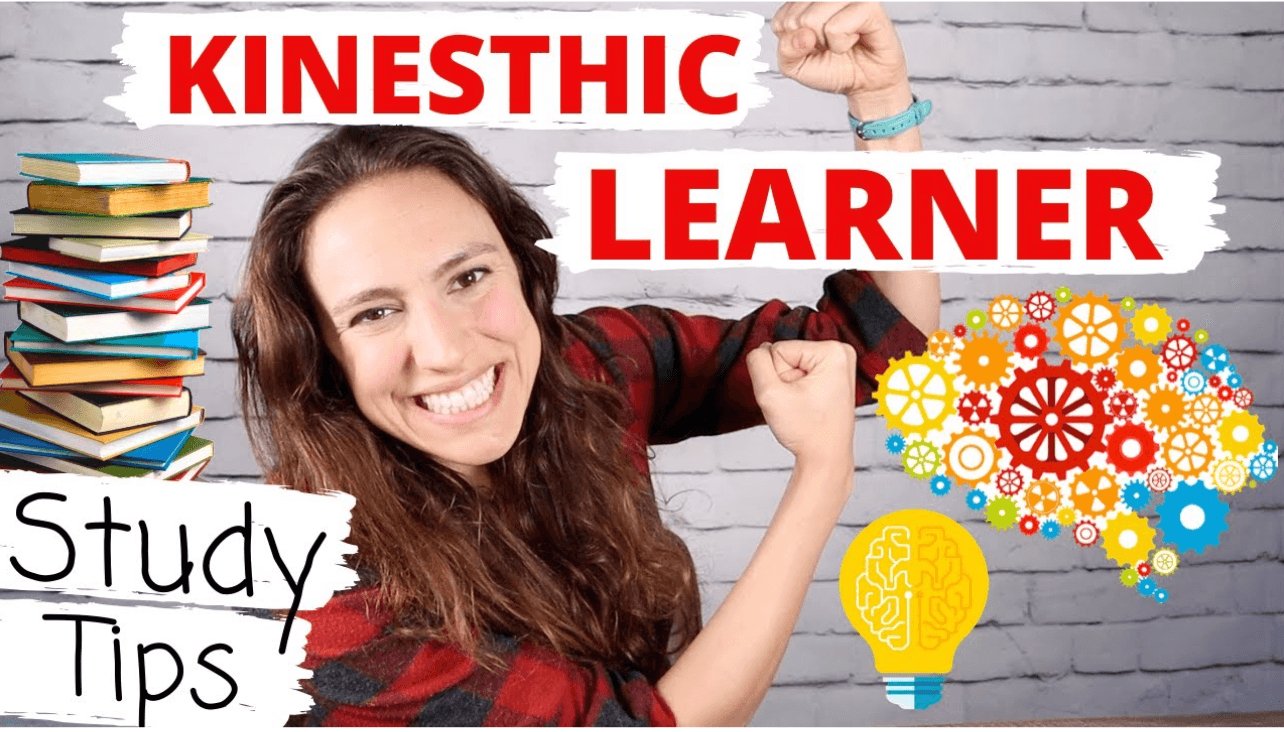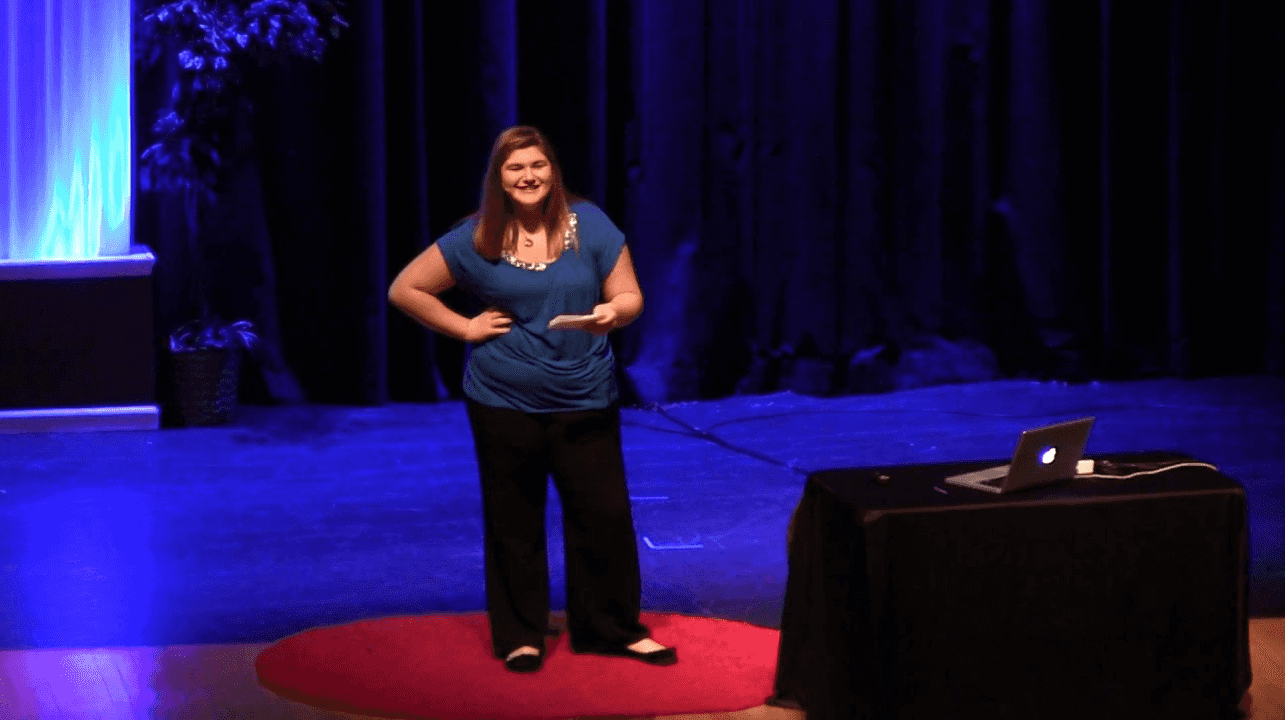
American summer tour! Wooclap will be at Anthology Together 2025
Come say hi at booth 301 from July 14th to July 16th in Las Vegas, Nevada
What is Kinesthetic Learning?
📌 Kinesthetic learning is a neuromyth in education that claims individuals absorb and retain information most effectively through physical movement, hands-on experiences, and tactile engagement rather than through traditional listening or observing methods[1][2]. Picture a classroom where students learn fractions by physically cutting and rearranging objects, or acquire language by acting out stories—this illustrates kinesthetic learning in practice, where the body serves as an active participant in the educational process.
💡 CHARACTERISTICS: Unlike visual or auditory approaches, kinesthetic learning emphasizes doing over seeing or hearing[2][3]. Learners excel when manipulating objects, conducting experiments, or incorporating movement into study sessions. They commonly struggle with remaining still for extended periods and frequently use physical gestures when communicating ideas[4][5]. This approach converts abstract concepts into tangible experiences, forming stronger neural connections that enhance information retention[6].
🛠️ BENEFITS: While everyone can benefit from physical engagement in learning, this approach especially serves individuals with high bodily-kinesthetic intelligence, active personalities, and those who struggle with traditional classroom settings[7][8]. Research shows that integrating movement into education increases blood flow to the brain, improves focus, enhances memory retention, and develops critical thinking skills[6][9]. For students with attention difficulties, kinesthetic activities can substantially improve on-task behavior and academic performance[10][11].
🧩 IMPLEMENTATION: Educators can implement kinesthetic learning by incorporating movement breaks, hands-on experiments, role-playing exercises, and learning stations that require physical engagement[12][13]. Physical manipulatives help transform abstract concepts into concrete ones, while educational games involving movement sustain high engagement levels[13][14]. Even minor adjustments like allowing students to stand while working, providing fidget tools, or encouraging gestures when explaining concepts can activate kinesthetic learning pathways[6][15]. The essential goal is creating opportunities for learners to physically interact with the material rather than passively absorbing information.
Sources —
[1] https://tophat.com/glossary/k/kinesthetic-learning/
[2] https://www.simplek12.com/learning-theories-strategies/kinesthetic-learning-style/
[3] https://en.wikipedia.org/wiki/Kinesthetic_learning
[4] https://success.uark.edu/get-help/student-resources/learning-styles-characteristics.php
[5] https://www.lifehack.org/859348/kinesthetic-learner-characteristics
[6] https://bau.edu/blog/what-is-a-kinesthetic-learner/
[7] https://bau.edu/blog/types-of-learning-styles/
[9] https://www.crawfordinternational.co.za/understanding-the-kinesthetic-learning-style
[10] https://ed-spaces.com/stories/building-the-kinesthetic-classroom/
[11] https://digitalcommons.cortland.edu/cgi/viewcontent.cgi?article=1154&context=theses
[12] https://studyright.net/blog/kinesthetic-learning-in-the-classroom/
[13] https://phonicsinmotion.com/how-to-use-kinesthetic-movement-in-the-classroom/
[15] https://www.indeed.com/career-advice/career-development/kinesthetic-learning-strategies
A monthly summary of our product updates and our latest published content, directly in your inbox.



